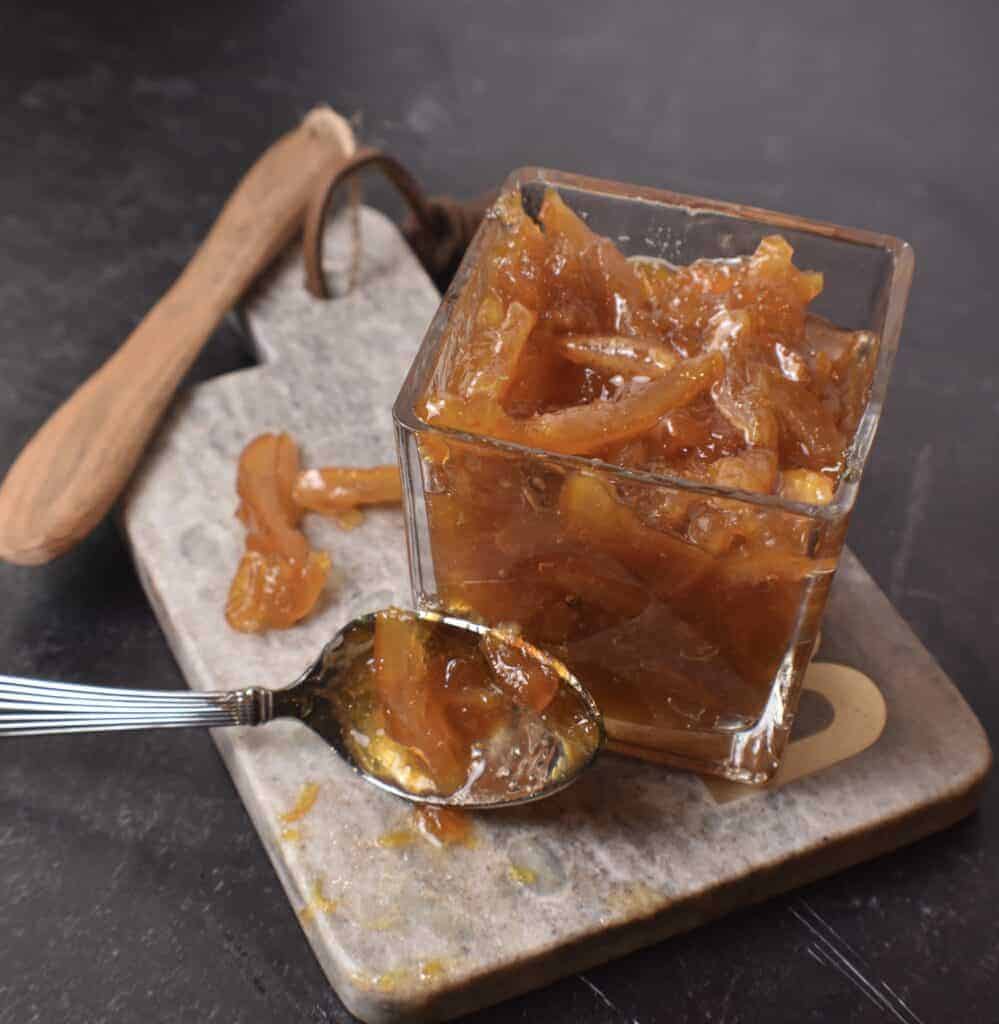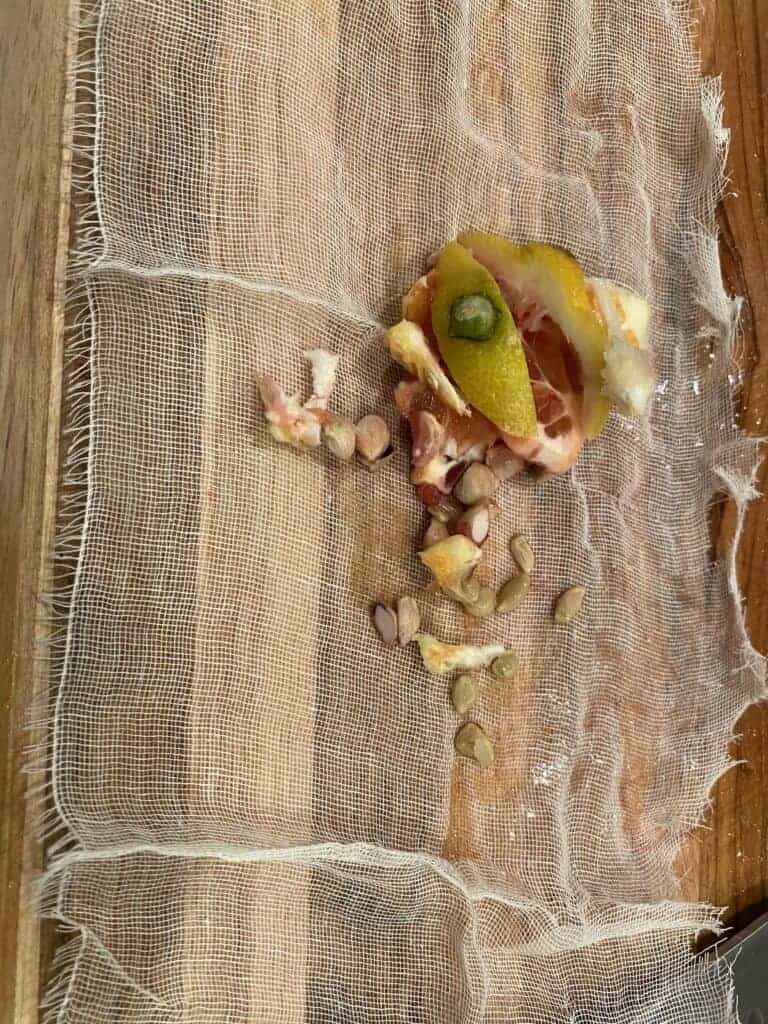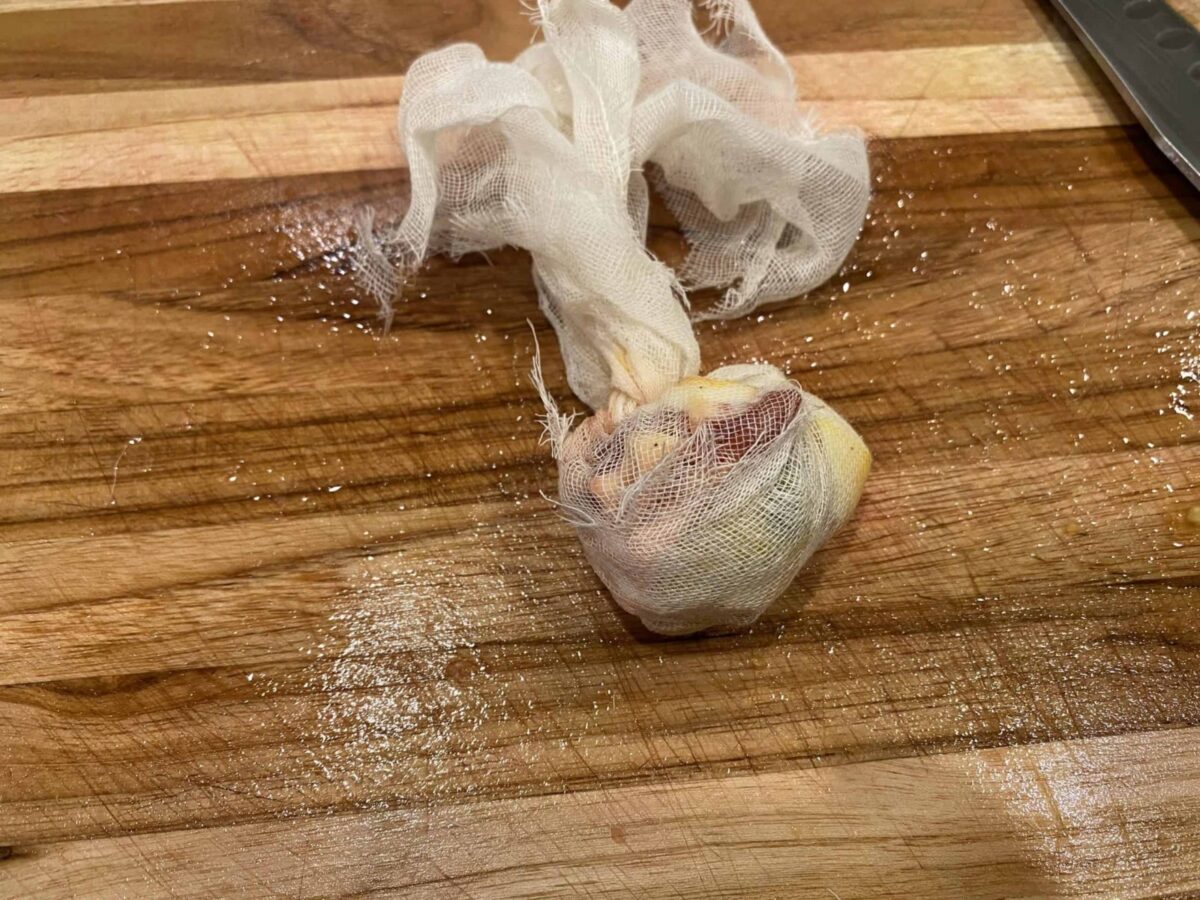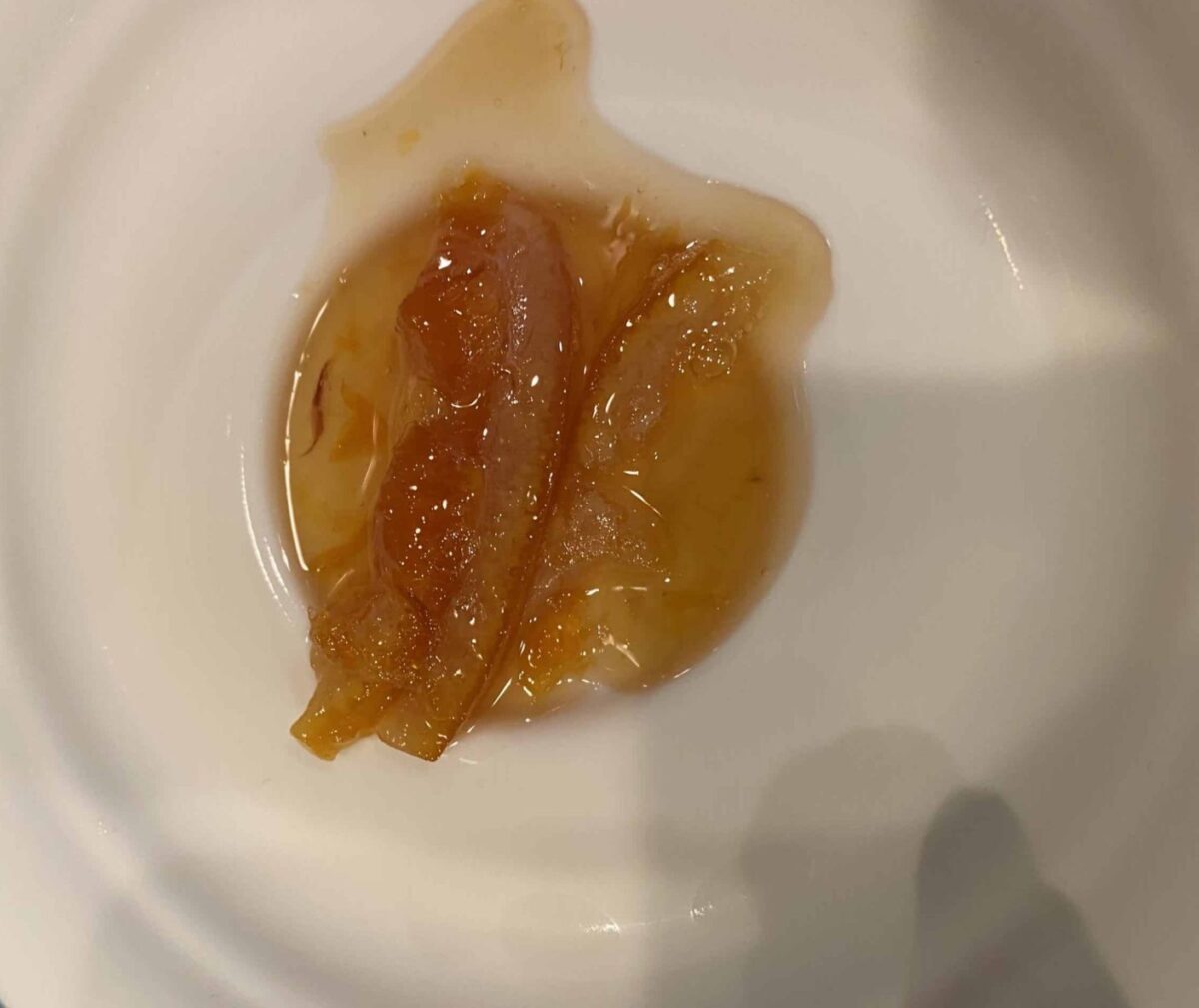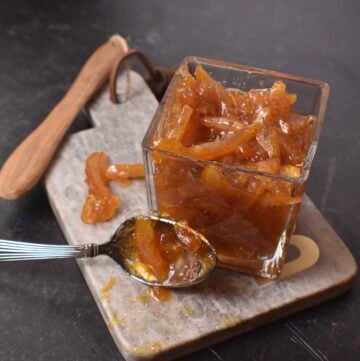The History Of Marmalade
There are many conflicting stories about the origins of marmalade. However the one constant is that the Portugese called preserved Quince, a fruit preserve, ‘marmelo’. Where the original marmalade seems to have been a Greek and Roman treat, 17th century England’s interest in it seems to be driven from a surplus of oranges. The surplus citrus was used to make a jam that helped provide much needed vitamins to people long after the winter season had passed. Today ,the jam’s popularity ranges from being featured as Paddington Bear’s favorite food to annual competitions throughout the United Kingdom.
My Story
Marmalade was a regular staple in my house growing up. I can’t remember a time when we didn’t have a jar in the fridge! I’ve always loved the unique bittersweet taste of this scrumptious jam! My mother made an excellent marmalade at home and as soon as I see beautiful blood red oranges and the delightfully sweet cara cara oranges I’m tempted to make my own. I recently tried a lemon ginger marmalade and loved the concept. I put all these delightful ideas together to make this spiced citrus ginger marmalade. The blood red oranges give this marmalade the most amazing color. The cara cara oranges are deliciously sweet but needed the additional sourness the lemons bring to the jam. The ginger, cloves and cinnamon help enhance the predominantly citrus notes and make the whole thing perfect!
The Recipe
The recipe is really easy and starts with the simple step of sterilizing the jars that will store the marmalade.
Sterilizing Your Jars
Sterilizing the jars you plan to use for your preserves is an absolute must if you want your marmalade to have an adequate shelf life. There are a few different ways to do this, the most conventional way being boiling. However www.thespruceeats.com outlines 3 other alternative methods. The oven, dishwasher and microwave can all be used to insure that your cans are bacteria free before you place your cooked marmalade in them. I would highly recommend the above article if you’re interested in canning and preserving. To summarize:
The Holy Trinity Of Marmalade
The three main things for perfect marmalade are: All three things work together to set the marmalade. The pectin comes from the fruit peel, pith and seeds, the acid comes from the lemons, and the sugar is added to the mix.
This is why we preserve the pith and seeds and place them in a cheese cloth while soaking and cooking the citrus.
Pectin is a natural fibre in plant cells, mainly in the skin of the fruit. The sugar and acid help bind it into a gel that sets the marmalade.
The Wrinkle Test
If you’ve made marmalade before you’re probably familiar with this test. It helps determine whether or not the marmalade is set. Before you start cooking your marmalade set a plate in the fridge to chill. Once the marmalade seems to be thickening and coats your spoon, place a teaspoon on the chilled plate and place in the fridge for about five minutes. Take the plate out and run your finger through the middle of the jam. If it wrinkles your jam is done cooking. Although making marmalade is fairly easy, the following tips will help you get perfect results if this is your first time.
TIPS:
I do hope you decide to try the recipe. It tastes great with some cheese on a Charcuterie Board. Please don’t forget to drop a rating below!
